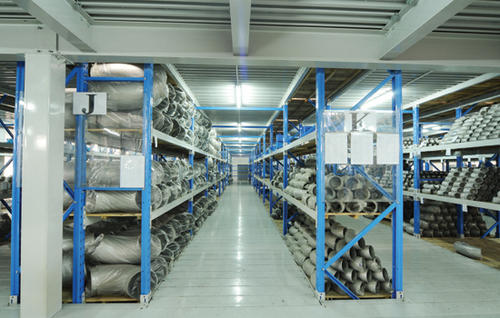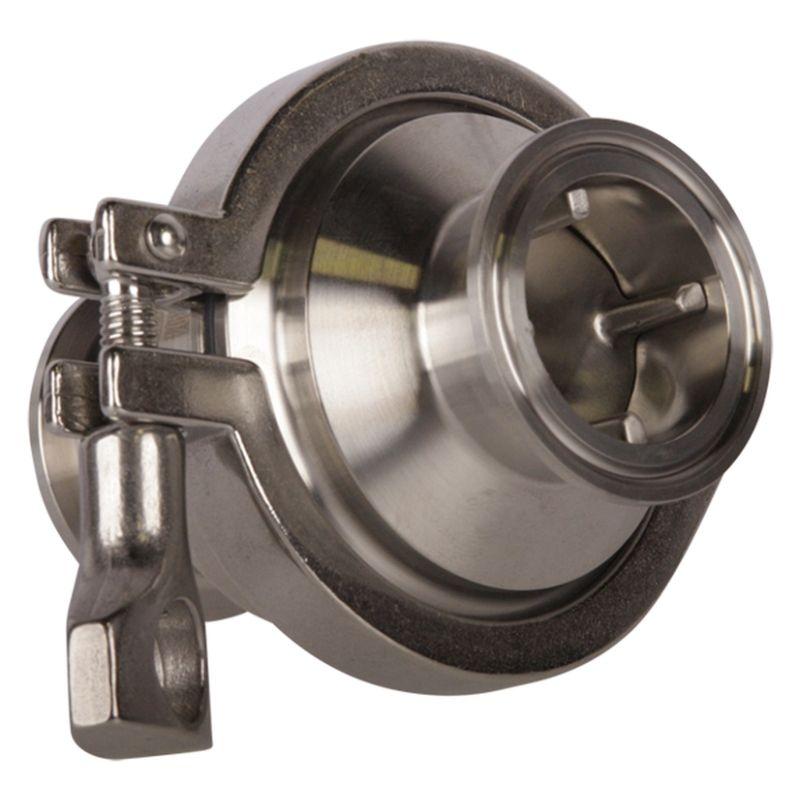Best Options and Statuses for Sanitary Check Valves

The sanitary check valve is one of the best valves that can be utilized in plants requiring high hygiene standards. The non-return valve is another name for a check valve, which both refer to a valve that only allows a single pass of the media. It can be operated without much manual assistance or complicated configurations according to various conditions. Moreover, its premium quality enables unique stability and reliability compared with other kinds of sanitary valves. Therefore, sanitary check valves are ideal options for users from different industries.
The selection of sanitary check valves is an art. The latest development has indicated the necessity for the designers to fully understand the mechanism inside the valve so as to manufacture valves satisfying particular applications and censorious options. But for the users, it is significant to further recognize the internal and external natures of the valves when determining options.
To select and evaluate the sanitary check valves, it is necessary to notice the exact driving forces and applicable situations. Some common factors such as temperature, pressure, media corrosion as well as external materials could all affect the performance.
That is the reason why there are numerous types of sanitary valves. The best may not be the dearest but the fittest.
In addition, the correct operation and maintenance should also be paid enough attention to. Some unsuitable behaviors or sudden issues at some point can cause vital problems. For instance, when the sanitary check valve is opened in the condition of the wrong installation, the turbulence and vorticity of the media prompt the internal parts of the valve to vibrate or rotate to wear and break the valves.
This kind of damage is more severe than the damage that would happen if you open and close it thousands of times in normal circumstances. If no proper remedial action is taken at this time, the reflux may eventually close suddenly and produce a water hammer, which possibly leads to complete destruction of the valve.
Then fatigue cracking or fractures often appear, reminding the user of getting it repaired or substituted. As we can see, to ensure regular functions, confirming the right status of the valve is sometimes more crucial after selecting options.





